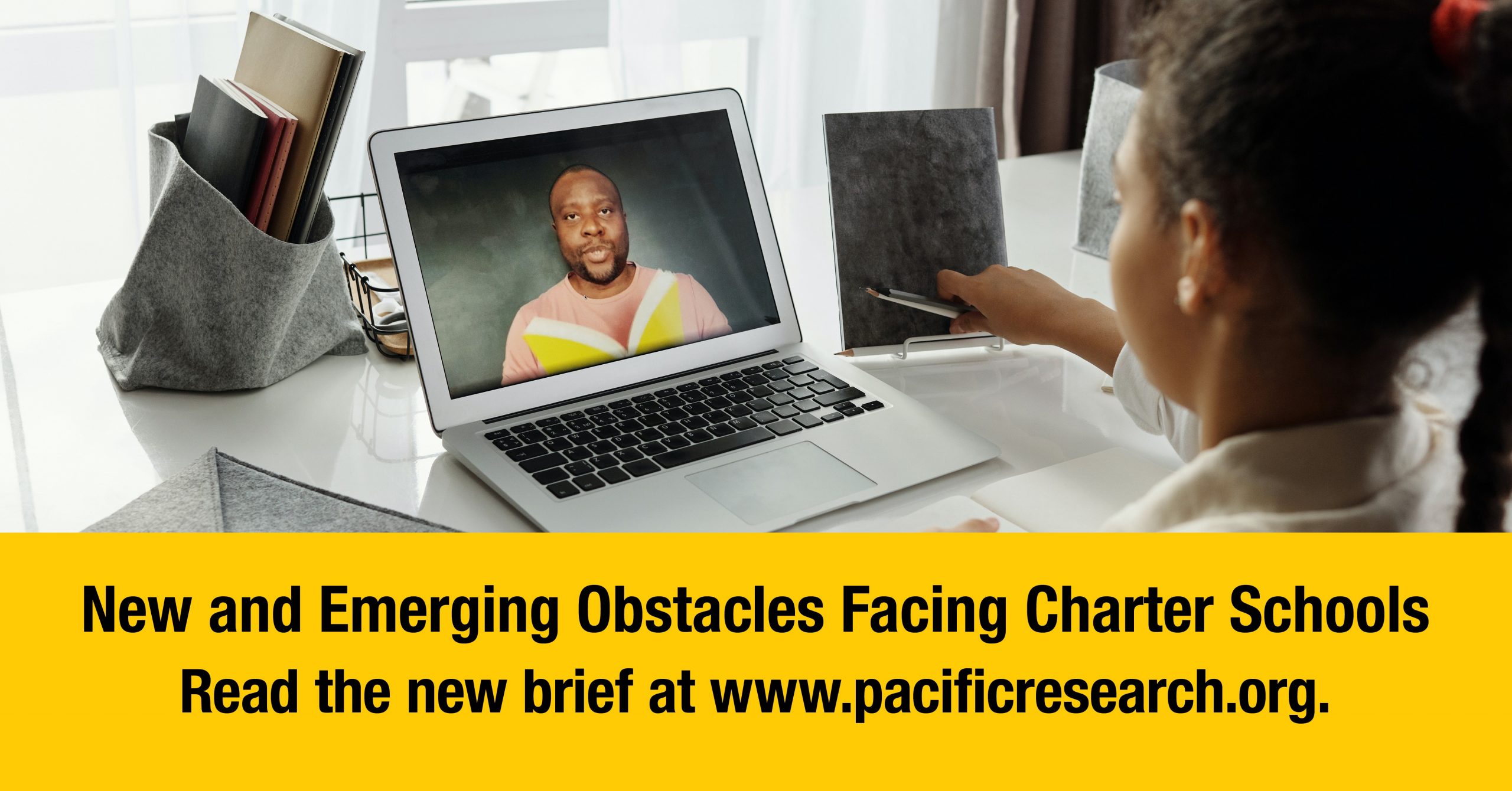In his recently released revised budget, Governor Gavin Newsom put forward a group of proposals to “Re-Imagine California’s Public Schools.” Sadly, most of these proposals will do little to raise student achievement in a public school system that was failing to do so even before the COVID-19 pandemic.
Perhaps the proposal that is most indicative of Newsom’s inability to think outside the box, despite his re-imagining pretensions, is his $2 billion proposal to create college savings accounts for students.
According to the governor’s press release: “To make college more accessible to low-income California kids, the Governor proposes investing $2 billion to seed college savings accounts for vulnerable students currently enrolled in K-12 public schools, including a $500 base deposit for students from low-income families, English learners and foster youth, and a $500 supplemental deposit for foster and homeless youth. The savings account can be used later in life for higher education or to start their own business.”
While that description sounds promising, it ignores the fact that California public schools fail to prepare most California students, especially those from low-income families, for college.
In 2018-19, 60 percent of low-income students failed to meet grade-level standards in English and 73 percent of disadvantaged students failed to meet grade-level standards in math.
With low achievement in the basic subjects, many of these students will be fighting simply to stay in school, rather than planning a college education.
If Newsom really wants to have an impact on the future of California children, he should have proposed an education savings account (ESA) that is available to students at the front end of their K-12 schooling, rather than a college savings account that is targeted to the back end of their K-12 years.
For example, West Virginia, which like California, suffers from poor-performing public schools, recently enacted the nation’s most expansive ESA program, which will create savings accounts for parents of students leaving the public school system to use 100 percent of state education dollars, or about $4,600 per year, to pay for private school tuition, homeschool curriculum, and other learning expenses.
Under the provisions of the West Virginia ESA law, every child in a public school is eligible for an ESA, which means an amazing 90 percent of the state’s students will be able to use the ESAs.
The enactment of the West Virginia ESA law came on the heels of a new Georgia Public Policy Foundation study showing that ESAs would result in “higher lifetime earnings associated with increases in academic achievement,” large economic benefits to the state, and tax savings from reduced social costs such as crime.
The study’s author Corey DeAngelis, national director of research at the American Federation for Children, points out, “Funding students, as opposed to systems, would benefit families by empowering them to choose the education provider that best meets their needs—public or private, in-person or remote.”
Politically, it seems miraculous that West Virginia enacted its ESA law, given that just a few years ago the state’s teachers union had successfully blocked ESA legislation after militant strikes.
But, notes Jayme Metzger, a senior contributor to The Federalist, the COVID crisis widened a rift between the teachers unions and West Virginians: “As parents faced a public school system that refused to open its doors, it became harder to understand why that system should retain exclusive control over tax dollars meant to educate children.”
Republican West Virginia State Senator Patricia Rucker, the Senate education committee chair, observed: “West Virginia now has the broadest-based ESA in the entire United States. It’s not the most money, but it’s the most inclusive—and in most areas it’s enough to send a child to private school. This is really a game-changer for students and families. We’re focused on funding kids now, not institutions. We’re funding each student to get the best possible education they can get.”
Years ago, it would have been inconceivable that West Virginia, not California, would be the real leader in innovation. Yet, today, Gavin Newsom simply wants to shovel more tax dollars into the state’s failing public-school status quo, while West Virginia is truly re-imagining education.
Lance Izumi is senior director of the Center for Education at the Pacific Research Institute. He is the author of the 2020 book A Kite in a Hurricane No More: The Story of One Young Woman Who Overcame Learning Disabilities through Science and School Choice.

